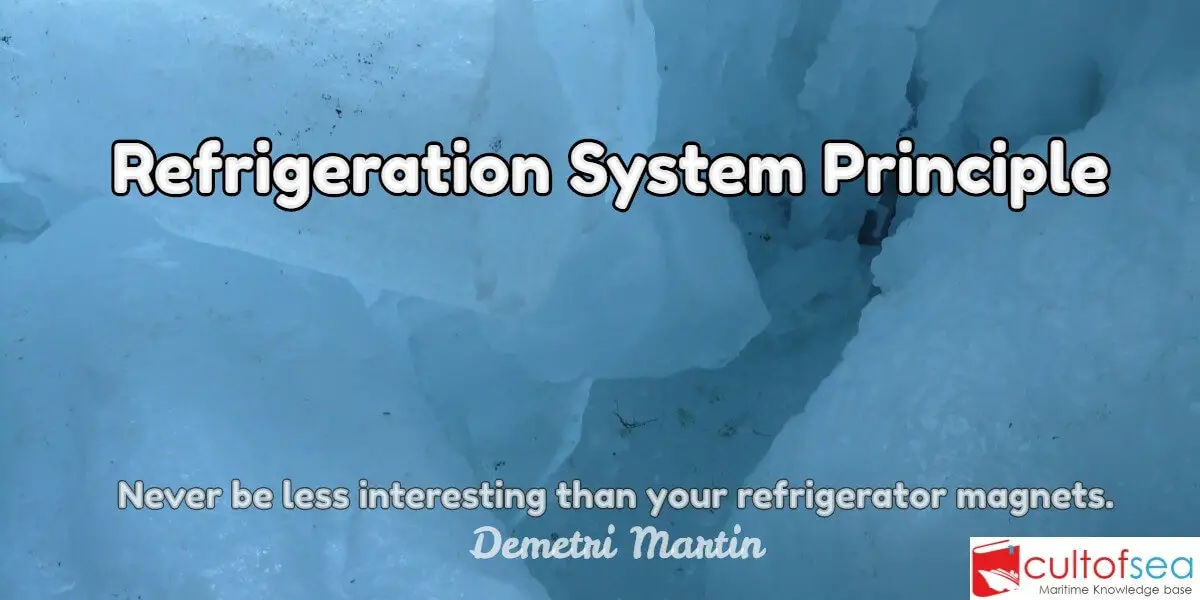PRINCIPLE OF REFRIGERATIONJust as the natural flow of water is from a high level to a low level, the natural flow of heat too is from a body at high temperature to a body at a low temperature, and just as we would need a pump to reverse the flow or pump water upwards, we need mechanical work to be done or a heat pump to transfer heat from a body at a low temperature and give it to a body at a high temperature. In a refrigeration system, gas at a high PR. P¹, low vol. V¹ & high temp T¹ (35°C to 40°C) is obtained from the compressor. It is allowed to expand slightly & cool in … [Read more...]
